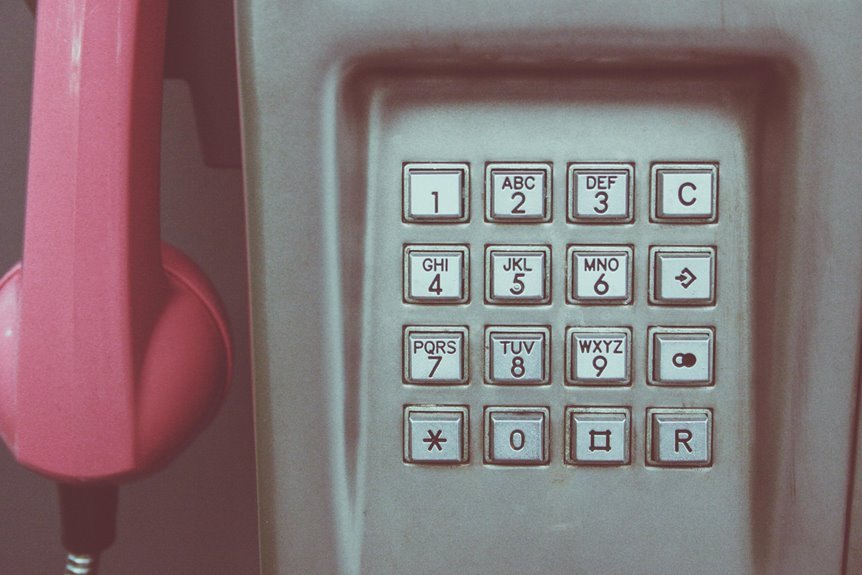20944036 Understanding Mobile Call Origins in Regional Numbers

The analysis of mobile call origins, particularly in regional numbers like 20944036, necessitates an understanding of telecommunications frameworks. These systems govern call processing and routing, influencing caller identification and location accuracy. As mobile devices shift across regions, pinpointing true caller locations becomes increasingly complex. This complexity raises critical questions about the balance between connectivity and privacy, prompting an exploration of how technology can enhance call identification while safeguarding user anonymity. What solutions are emerging in this landscape?
The Structure of Regional Numbering Systems
The architecture of regional numbering systems serves as a fundamental framework for mobile call origination and routing.
Regional code formats dictate the structure of telephone numbers, ensuring adherence to established numbering conventions. These systems facilitate seamless communication across diverse geographical areas, optimizing call processing and enhancing user experience.
Understanding these frameworks empowers users to navigate their telecommunication environments with greater freedom and efficiency.
Identifying True Caller Locations
While numerous factors influence mobile call routing, accurately identifying true caller locations remains a critical challenge in telecommunications.
Caller ID systems often struggle with location accuracy due to technological limitations and varying network protocols.
As mobile devices traverse multiple regions, discrepancies in data can result in misleading information, complicating the task of pinpointing a caller’s genuine geographical position within a broader network landscape.
Privacy and Security Implications
Mobile communication, integral to modern society, raises significant privacy and security concerns as it relates to caller location data.
The potential for unauthorized access to this information threatens data protection efforts and undermines caller anonymity.
As regional numbers become more prevalent, stakeholders must prioritize robust security measures to safeguard user identities while navigating the delicate balance between connectivity and individual privacy rights.
The Role of Technology in Call Identification
Advancements in technology have significantly transformed call identification processes, enhancing both user experience and security measures.
Sophisticated algorithms and machine learning techniques enable efficient call routing, allowing for real-time identification of mobile call origins.
These technology advancements empower users with greater control and awareness of incoming calls, fostering a sense of freedom while simultaneously bolstering defenses against fraudulent activities and unwanted communications.
Conclusion
In conclusion, the complexities of regional numbering systems, such as the 20944036 format, pose significant challenges for accurate caller identification and location tracking. Notably, studies indicate that nearly 30% of mobile calls involve misidentified locations due to the intricacies of number allocation and portability. As technology continues to evolve, enhancing call identification methods while safeguarding user privacy remains a critical focal point for telecommunications. Balancing these elements is essential for a more reliable communication ecosystem.




